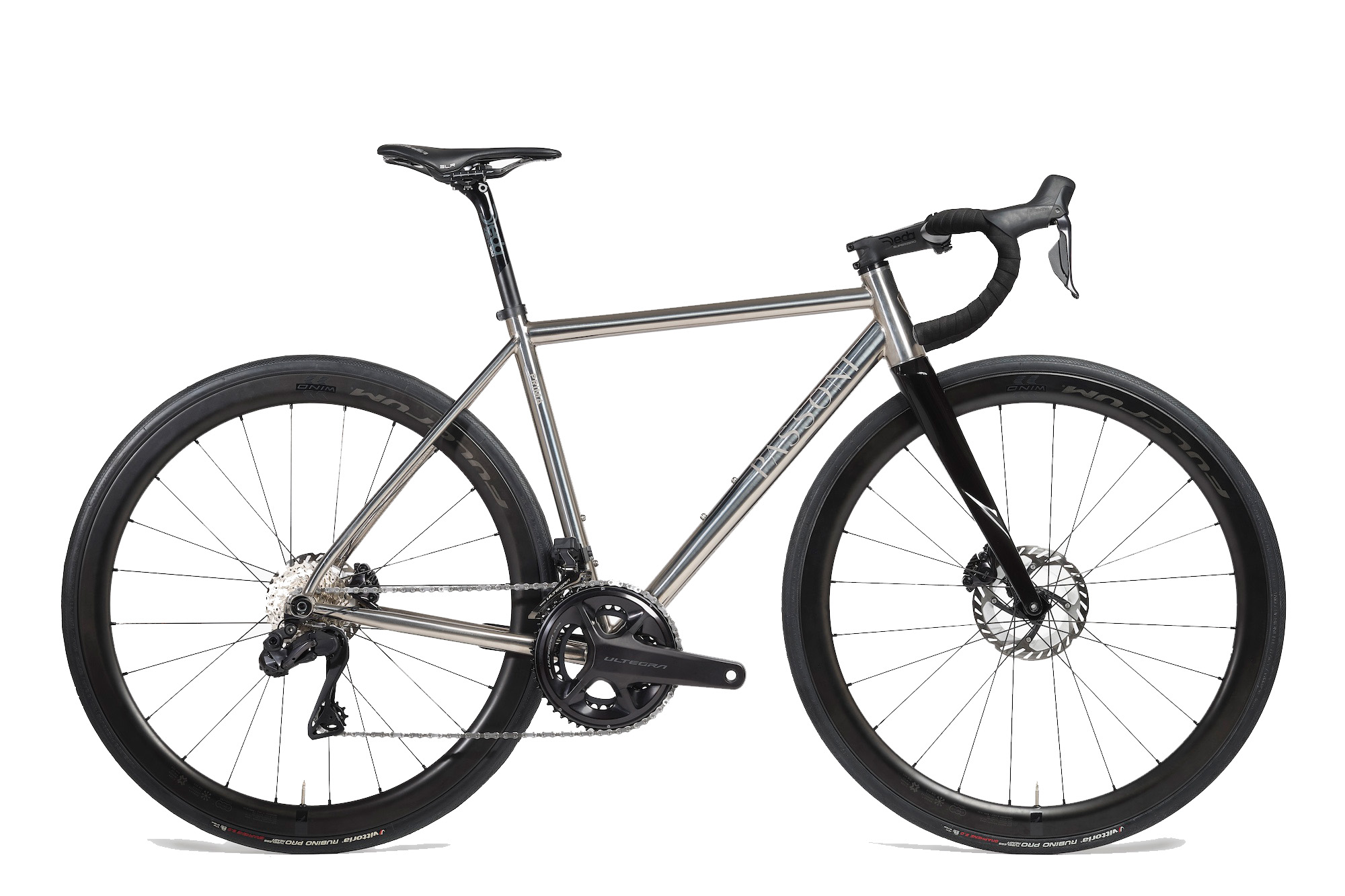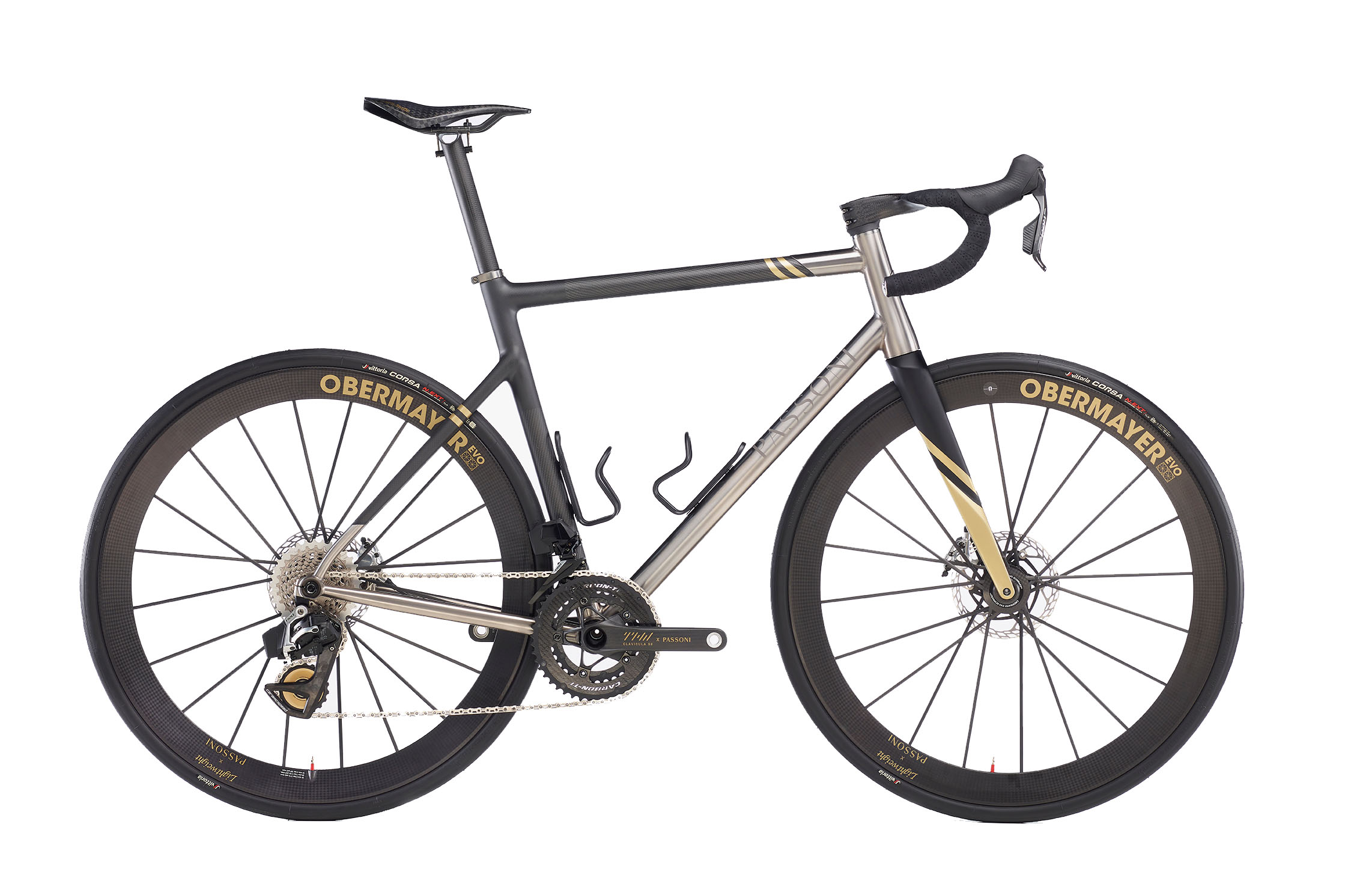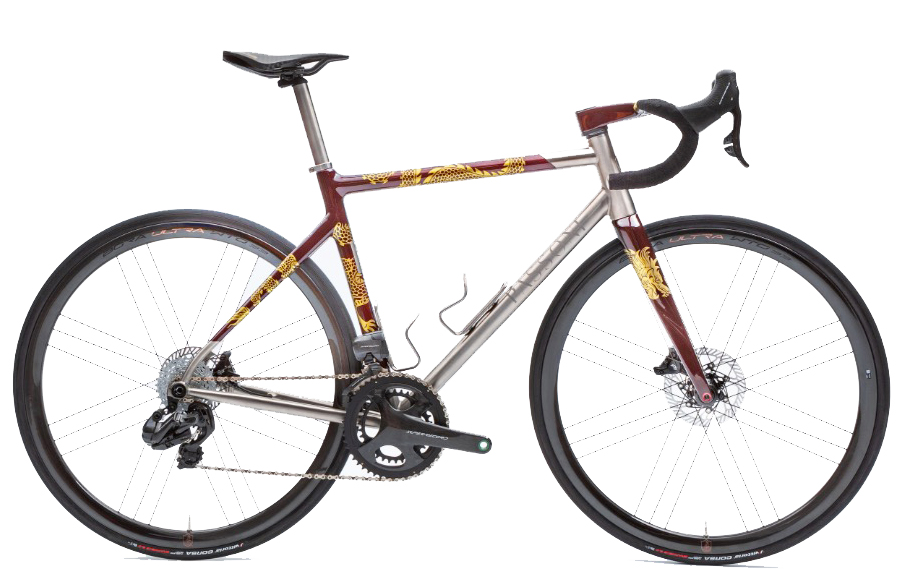John-Lee Augustyn is a former racer from South Africa who now lives in northern Italy. He competed at all three Grand Tours while riding for teams including Team Sky, Barloworld, and MTN–Qhubeka.
Explain how you came to be involved with cycling.
I grew up in a small town called Port Elizabeth in South Africa. As kids, we were always outdoors or in the waves surfing. My parents were quite adventurous, so we’d go camping a lot. My dad started mountain biking, and my brother and I followed him. I didn’t have an amazing talent and was a small rider. I had to rely on skills rather than strength, which helped me grow in the sport later. Soon we were driving around Africa to different marathon bike races. I’d been doing well, so I was allowed to ride the Cape Epic race while underage. I got paired with a much older rider. There had never been races like the Cape Epic before (founded in 2004, the inaugural race saw teams of two riders tackle 788km of off-road riding with 17,380m of climbing). If you had a modern gravel bike, you probably would have done better than we did on the basic front-suspension mountain bikes at the time.
Did you know Passoni also has a hard-tail mountain bike in our builds?
Did you know Passoni also has a hard-tail mountain bike in our builds?
How did you transfer from riding dirt to racing on the road?
I started working with Kenny Jubber who was a multiple-time South African champion and something of a celebrity. He came from a track background and got me riding in a bunch. He also steered me to the road. I rode the South African National road camps aged 14 and did quite well. I also came second in the time trial. Eventually, I realised I performed best when the climbs got the hardest. Aged 17, I joined the local junior team Konica Minolta. The coach invited me to Belgium. I took the money I’d put together from the races and bought myself a ticket. I went for three weeks, almost as a holiday. The first race was Liege-Bastogne-Liege juniors. I came third, and that secured me a contract for the next year.
What was it like moving to Europe?
Everything was new, and I was far from my family. Different culture, different language. For South Africans, Belgium is easy to adapt to. But I wouldn’t say it’s my favourite place to live. It’s too flat, and the racing style didn’t suit me. But as a pro, you must go through it and learn how to ride your bike. Living there had a big impact on my career, and with the team, I was travelling to race in France, Spain, and Japan. In 2006 I won the Mt Fuji stage of the Tour of Japan and finished second overall, which got me a contract at Barloworld.
Where to buy a Passoni in Europe?
Where to buy a Passoni in Europe?
How did you come to settle in Italy?
Moving teams meant moving to Lombardy. I felt at home straight away. There’s good weather, good food, and good people. It has a mix of rolling and steep long climbs. Everything you need is here. Then one day, my neighbour invited me to a local festival. It’s where I met my wife, but she didn’t speak English at the time, so I really had to start brushing up on my Italian. When I moved to Team Sky, I moved to Tuscany for a few months. But I ended up coming back to Adro.
You’ve ridden all three Grand Tours. Which is your favourite?
Everybody knows about the Tour de France. The vibe is amazing. The amount of people in the mountains cheering feels like you’re riding in the wall. It has something special to it. I wouldn’t say it’s the hardest, though. Most pros think the Giro is the toughest. It’s the most unpredictable. You can have four seasons in one day. You can get snow in the mountains. The style of racing is really hard. The local riders always want to attack. It almost feels like a bunch of Classics.
Read the stories of other Passoni owners in our Journal.
What was your most memorable day of racing?
Japan was a special place. And I did quite well there. Also in Spain, at the Tour of Asturia, or taking the mountain jersey in Alentejo in Portugal. In the Grand Tours, the day I came over the Col De la Bonnet in the lead, then crashed on the way down, stands out.
Talk us through what happened.
It was such a weird day. There were only four riders from the team left in the race. The DS said we need publicity, we need TV coverage. I tried all day to get in the breakaway. But as it finally got away, I was falling off the back and only thinking of making it to the finish. Nevertheless, my teammate Robbie Hunter looked at me and said no, you’re going to go, and gave me a push. Looking through my arms, I saw I was on my own. Once I got into the breakaway, I knew I had to look after myself. I started eating and drinking. As we hit the climbs, I found my legs, and with 2km to go, I went as hard as possible. I got away, but then it ramped up. I just wanted to get off and walk, but I couldn’t because of the TV cameras. I got over first. I didn’t even know it was the highest point in that year’s race. The descent was a bit dangerous, and I’d gone a bit deep. I went off on one of the corners because I was going too fast. I was fortunate it wasn’t a sheer cliff, but I landed a long way down the slope. I didn’t know it had been on TV, but when I got to the bottom, there were journalists everywhere.
Your career ended prematurely. That must have been difficult.
I had to stop because an old injury reappeared, not because I wanted to. I’d broken my femur at the Tour of Portugal. When I joined Team Sky, I felt a bit off. In the second year, I trained hard. But I got to the team camp and wasn’t feeling right. I went for a scan, and it showed osteonecrosis and damaged cartilage. I had a hip resurfacing and got back into racing but never felt the same. I took a year off. I joined Team DeRosa, then MTN–Qhubeka. But I didn’t feel I was going anywhere. Stopping was a difficult decision. At first, I felt happy. But then I went into a depression. I didn’t know what to do with myself. I wasn’t expecting to stop so early. For a couple of years, I was quite lost. With the support of my wife and family, I went to a psychologist and got my stuff together. I started working back into the sport and earned my UCI coaching degree. It helped a lot. It’s nice to teach people and pass on my knowledge.
You’ve since also started guiding with Italy Bike Tours
I met Clive from Italy Bike Tours while the company was relatively small. I did a few tours as a guide and loved it. I can still travel and teach people on the bike. I’m still doing what I love. I met the guys at Passoni through the job, and they made me a made-to-measure bike.
What bike did Passoni build for you?
I opted for the Classico Disco. I’m more of a minimalist. I don’t like stuff like integrated handlebars. I want a simple bike. I think that’s what Passoni best represents. I had a lot of input in the design. The designer Matteo said pros are easy to work with because they know what they want. I went with a more relaxed geometry because of my hip and had them open up the fork rake a bit too. People want to know how light it is, and I say it’s not about that. You need to ride the bike to understand it. It’s about having a bike you can ride non-stop, and when you get off, you won’t hurt. The material absorbs all the vibrations from the road, so it’s very comfy. But once you get out of the saddle, it’s so responsive. For me, it’s the perfect bike for my job.
Read more about why choosing a titanium bike.
Read more about why choosing a titanium bike.

 Ready-to-ride
Ready-to-ride Made-to-measure
Made-to-measure Special edition
Special edition